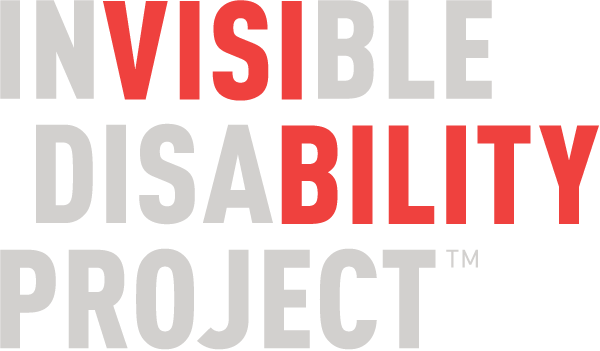Social Emotional Learning and Invisible Disabilities
Invisible disabilities are part of the daily lives of many school-aged children. And bodily and neuro diversity are part of the “normal” life experience. For many children, disability is understood by observing an assistive device, such as a wheelchair, or the ubiquitous blue placard sign for disability. Yet for invisible disabilities, we lack the signs, language, and frameworks to talk about the existence of disabilities that are unseen every day in schools across the country. A lack of framework to talk about the unseen may lead to peer misunderstandings, isolation, marginalization, bullying behaviors, and stigma. It does not have to be this way.
We have partnered with University of San Diego and the School of Leadership and Education Sciences to engage rigorous inquiry, and research about invisible disabilities and social emotional learning. We have assembled a diverse and talented team to examine the efficacy and impact of the PAL program.
PAL is based on research-supported findings. The PAL program is a simple, prosocial framework built around a child's existing vocabulary, and is used as part of the everyday interactions and conflict resolutions in school. The research suggests that when SEL programs are reinforced every day within the school culture, kids have better outcomes academically, socially, and emotionally. PAL is not just for kids. Adults should be PALs too. Current research suggests when teachers, administrators, counselors, and everyone - from lunchroom workers to bus drivers - reinforces the framework throughout the day, the school as a whole has better outcomes and thrives.









SOCIAL EMOTIONAL LEARNING
A SIMPLE, PROSOCIAL PROGRAM BUILT AROUND A CHILD'S EXISTING VOCABULARY